PPAR
The peroxisome proliferator-activated receptors (PPARs), belonging to the nuclear receptor superfamily, are a group of nuclear receptor proteins that are composed of three isoforms, including PPARγ, PPARα and PPARδ, encoded by separate genes. PPARs have a modular structure characterized by the presence of two highly conserved domains, including the DNA binding domain (DBD) of two zinc fingers and the ligand binding domain (LBD) of 13 α-helices and a small 4-stranded β-sheet. PPARs are ligand-regulated transcription factors controlling gene expression by binding to specific response elements (PPREs) within promoters, where PPARs bind as heterodimers with a retinoid X receptor and interact with cofactors upon binding leading to the increasing of rate of transcription initiation.
-
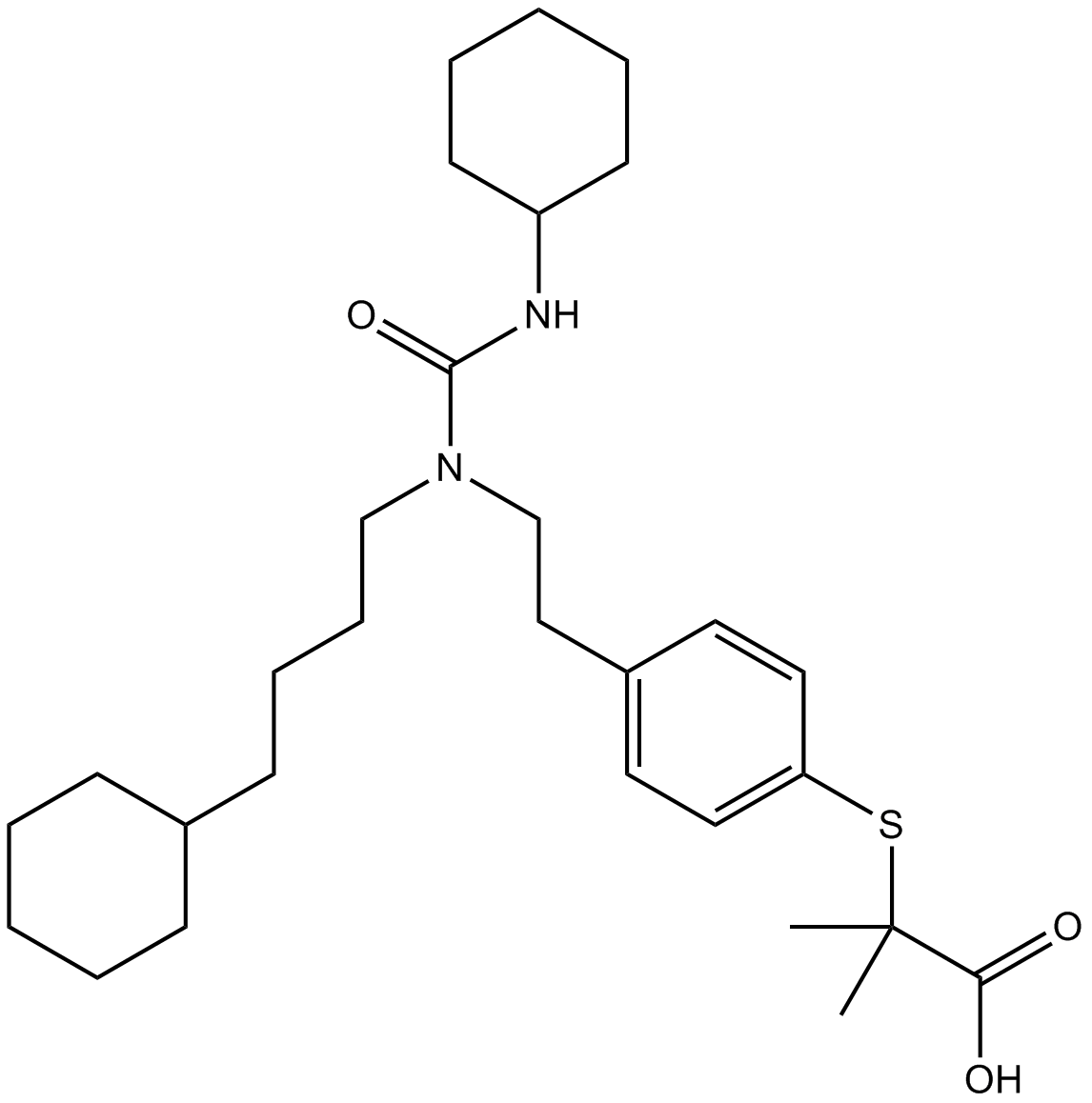 B6826 GW 7647Summary: PPARα agonist
B6826 GW 7647Summary: PPARα agonist -
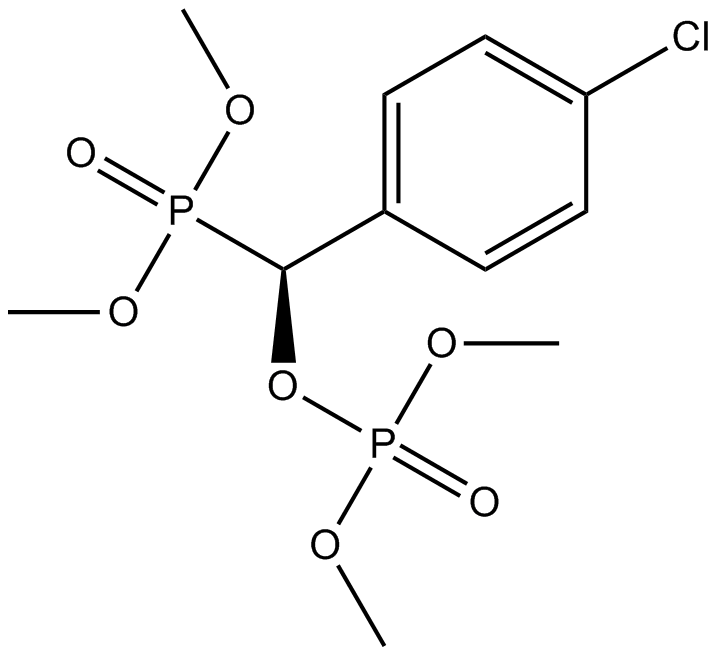 B6929 SR 202Summary: PPAR antagonist
B6929 SR 202Summary: PPAR antagonist -
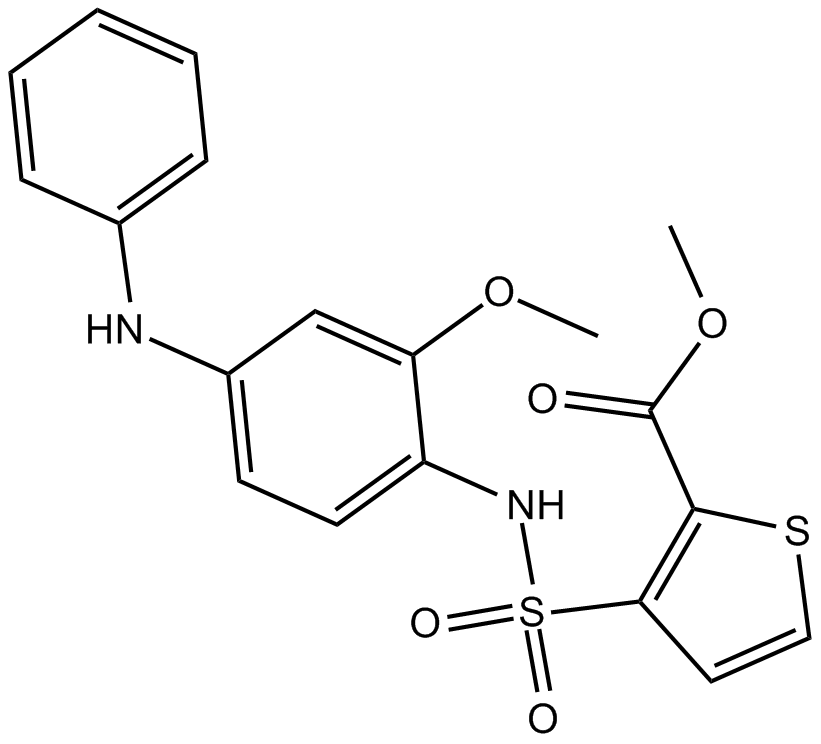 B7406 GSK 0660Summary: PPARδ antagonist
B7406 GSK 0660Summary: PPARδ antagonist -
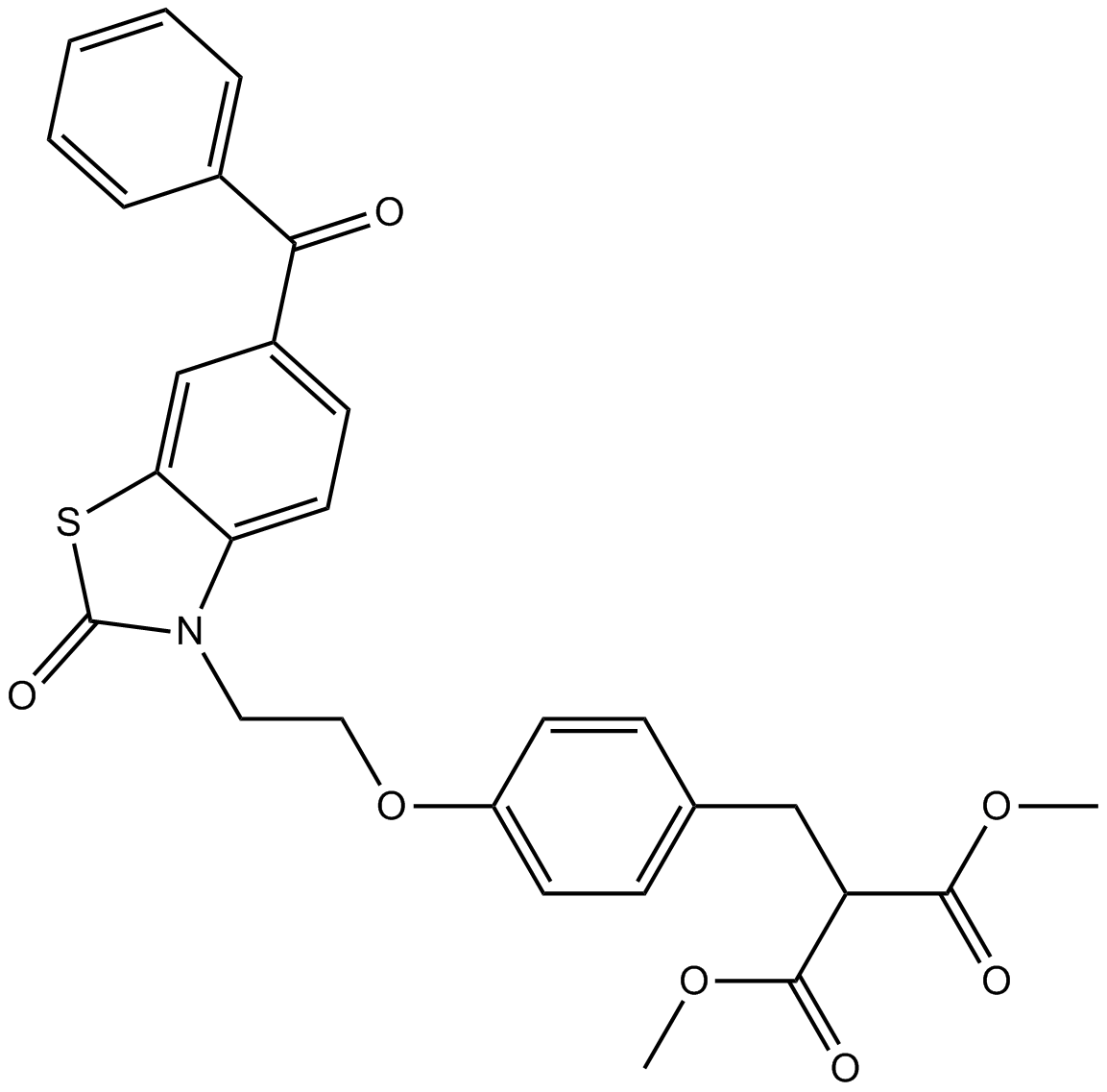 B7471 S26948Summary: PPARγ agonist
B7471 S26948Summary: PPARγ agonist -
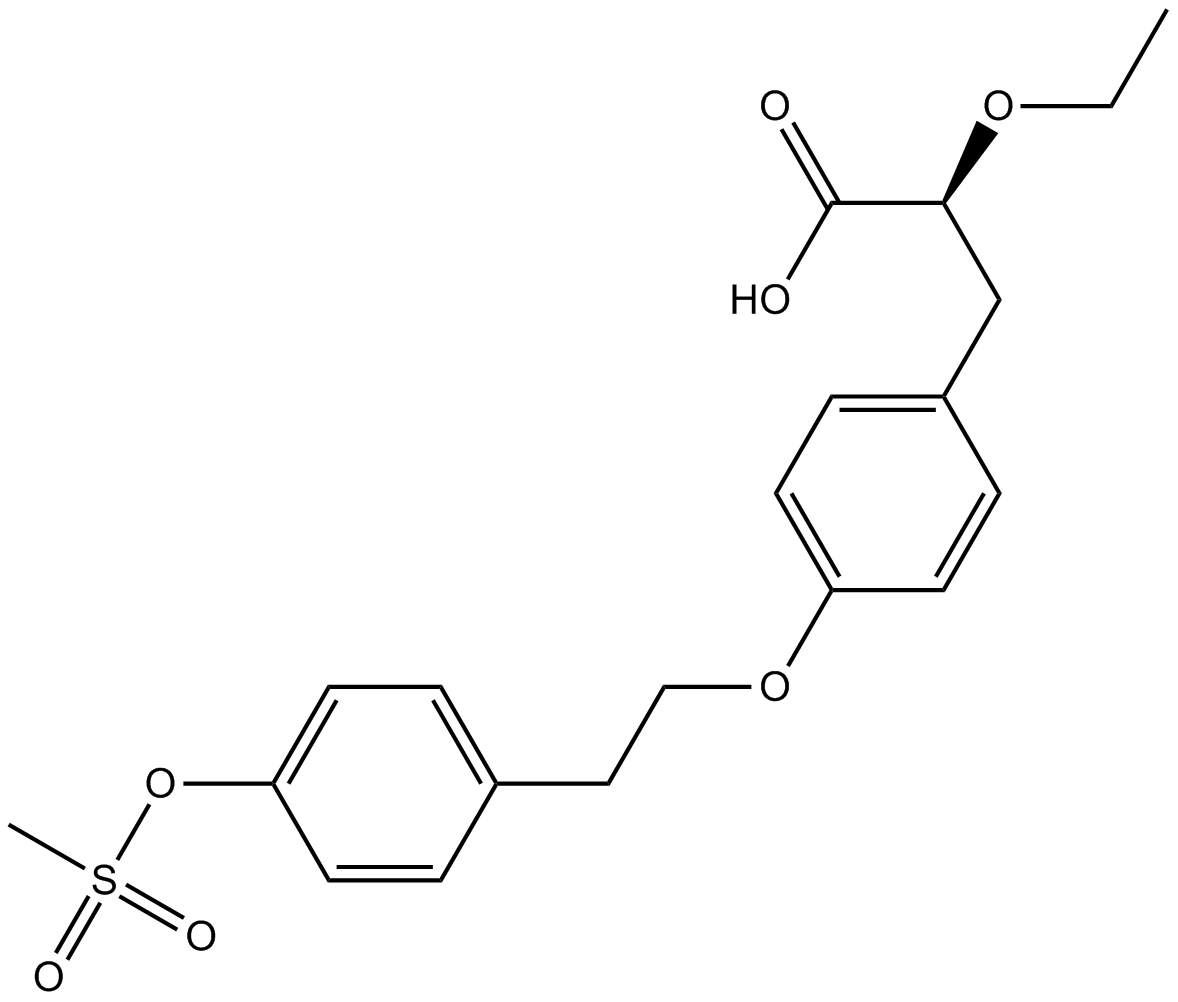 B7553 TesaglitazarSummary: Dual-specificity PPARα/γ agonist
B7553 TesaglitazarSummary: Dual-specificity PPARα/γ agonist -
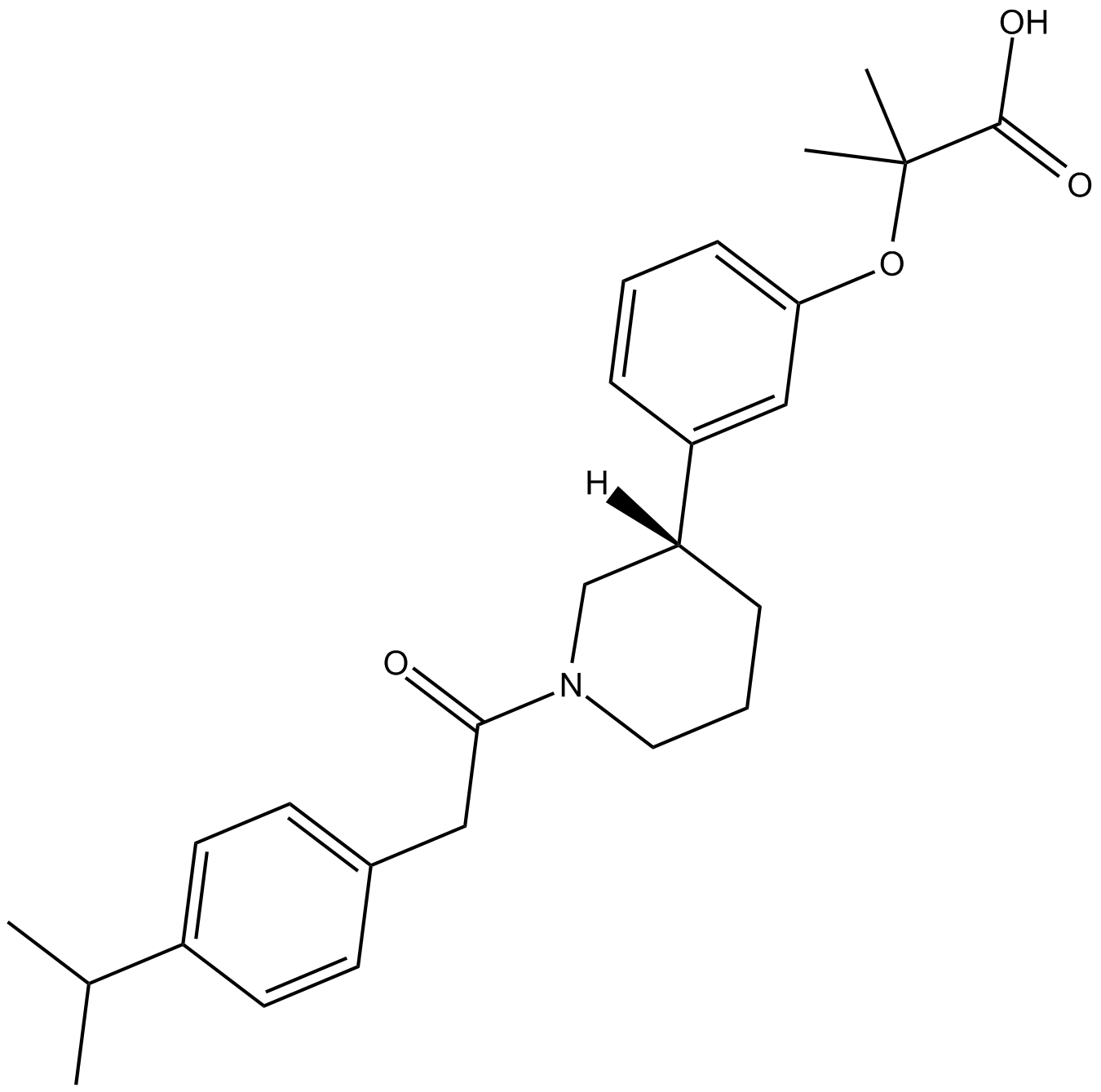 B7609 CP 775146Summary: PPARα agonist
B7609 CP 775146Summary: PPARα agonist -
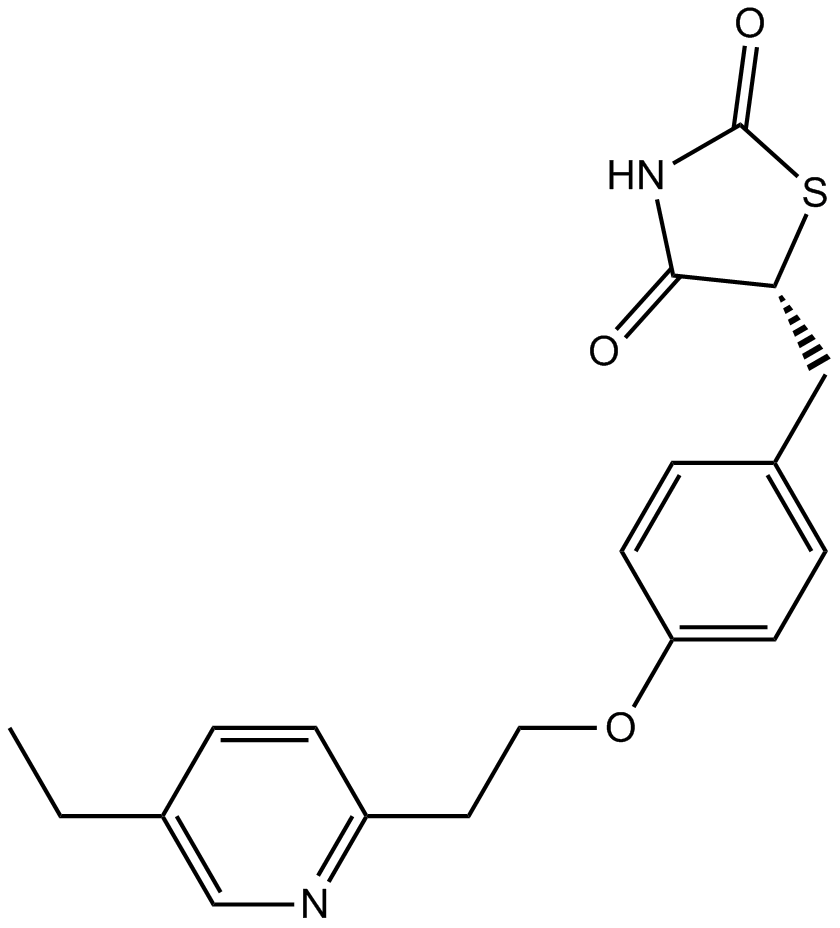 B2117 PioglitazoneSummary: PPAR agonist
B2117 PioglitazoneSummary: PPAR agonist -
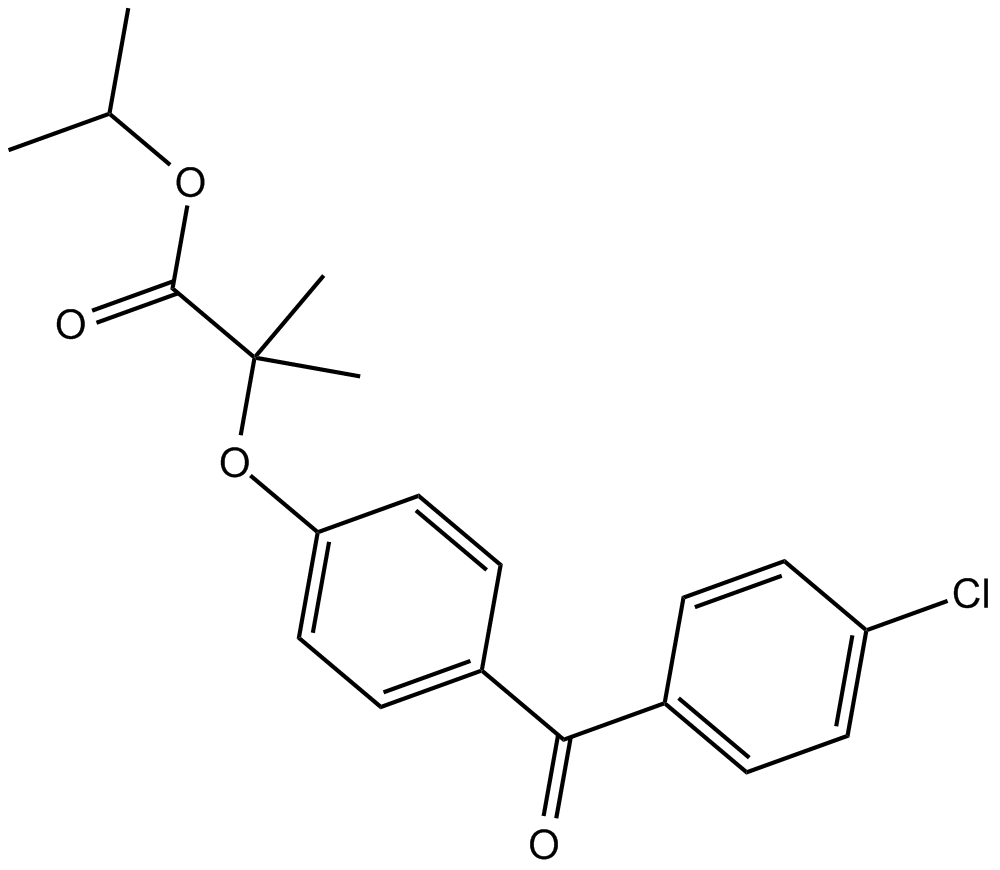 B1943 Fenofibrate1 CitationSummary: PPARα agonist
B1943 Fenofibrate1 CitationSummary: PPARα agonist -
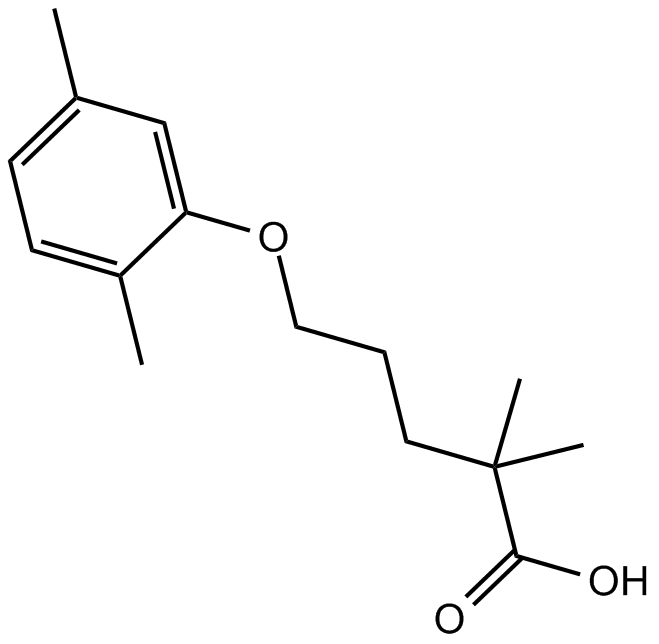 B1947 GemfibrozilSummary: PPARα activator
B1947 GemfibrozilSummary: PPARα activator -
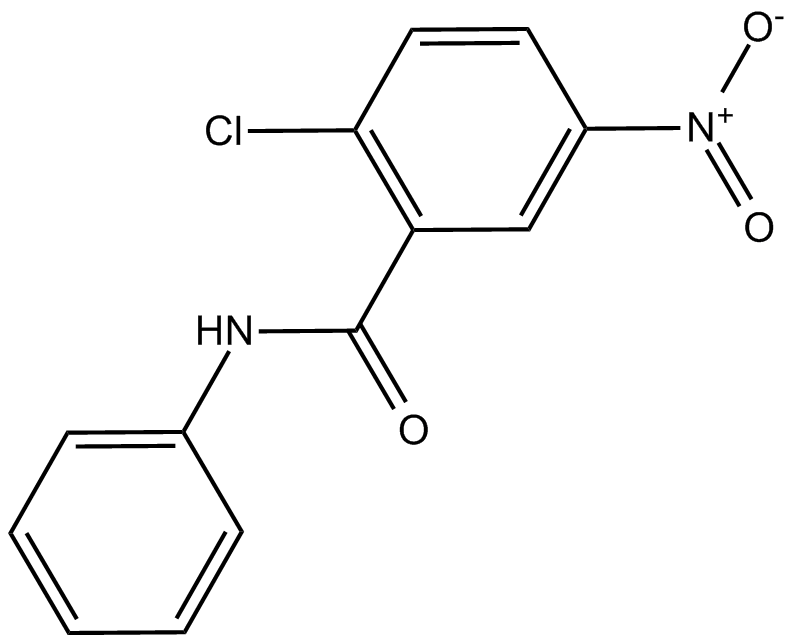 A4300 GW96621 CitationSummary: PPARγ antagonist
A4300 GW96621 CitationSummary: PPARγ antagonist

